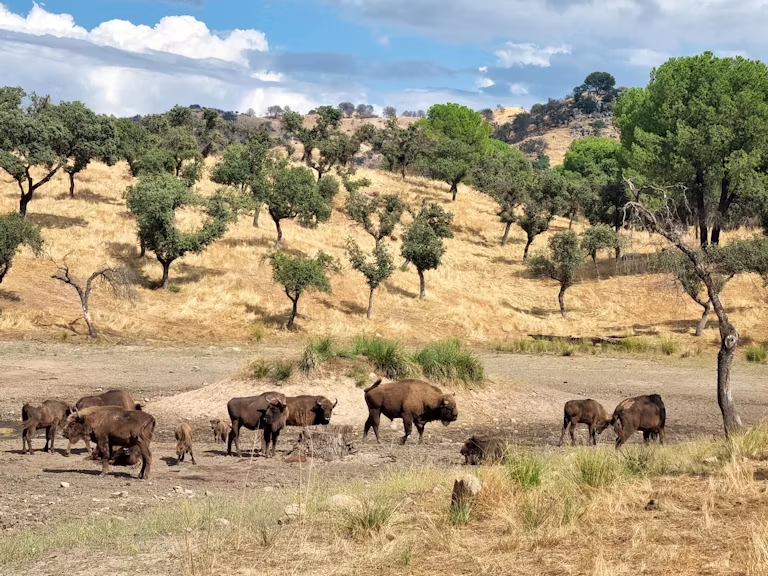Our 2021 rewilding highlights
We look back on an incredibly positive year for the rewilding movement. Here are 12 standout moments for us, from the first ever World Rewilding Day to the historic relocation of a beaver family in Scotland.

Published 10/12/2021
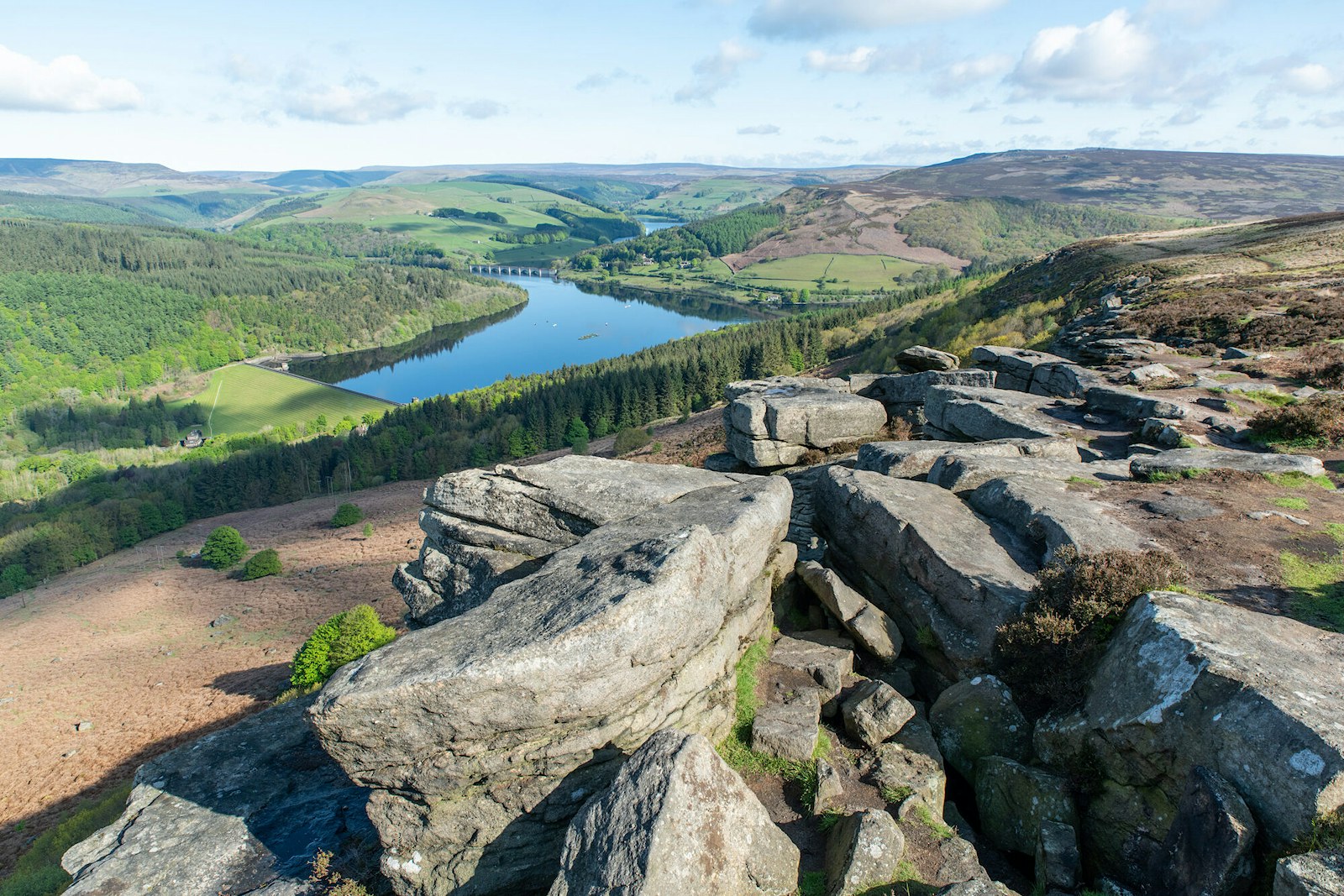
Wild Peak project launches
March
Spring 2021 saw the launch of an ambitious new vision for the Peak District, which we are proud to have helped fund, alongside the Green Challenge Recovery Fund. Under the guidance of Derbyshire Wildlife Trust landowners, communities and organisations are working together to bring long-term, large-scale ecosystem restoration to this dramatic landscape and reimagine a future that’s rich in wildlife and benefits society too.

First ever World Rewilding Day
March
On 20 March people around the world celebrated the first ever World Rewilding Day, placing ‘rewilding’ firmly on the international calendar. Coordinated by the Global Rewilding Alliance, which comprises 125 members – including Rewilding Britain – across 70 countries and 100 million hectares of land, the awareness day demonstrated just how much rewilding has become a global movement.
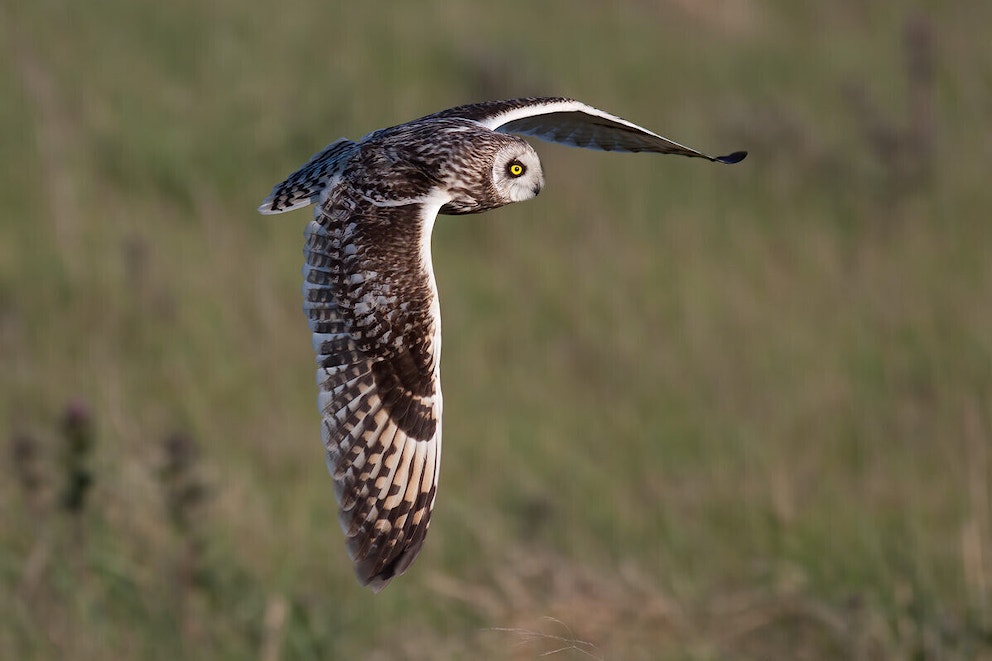
Scottish community buys out land for rewilding
March
The people of Langholm completed the largest ever community buyout of land in southern Scotland in March, through a hugely successful crowdfunding campaign. What was formerly grouse moor and woodland is now a nature reserve providing a home for wildlife, a place to learn, and local jobs – and they’re looking to double the size of it!
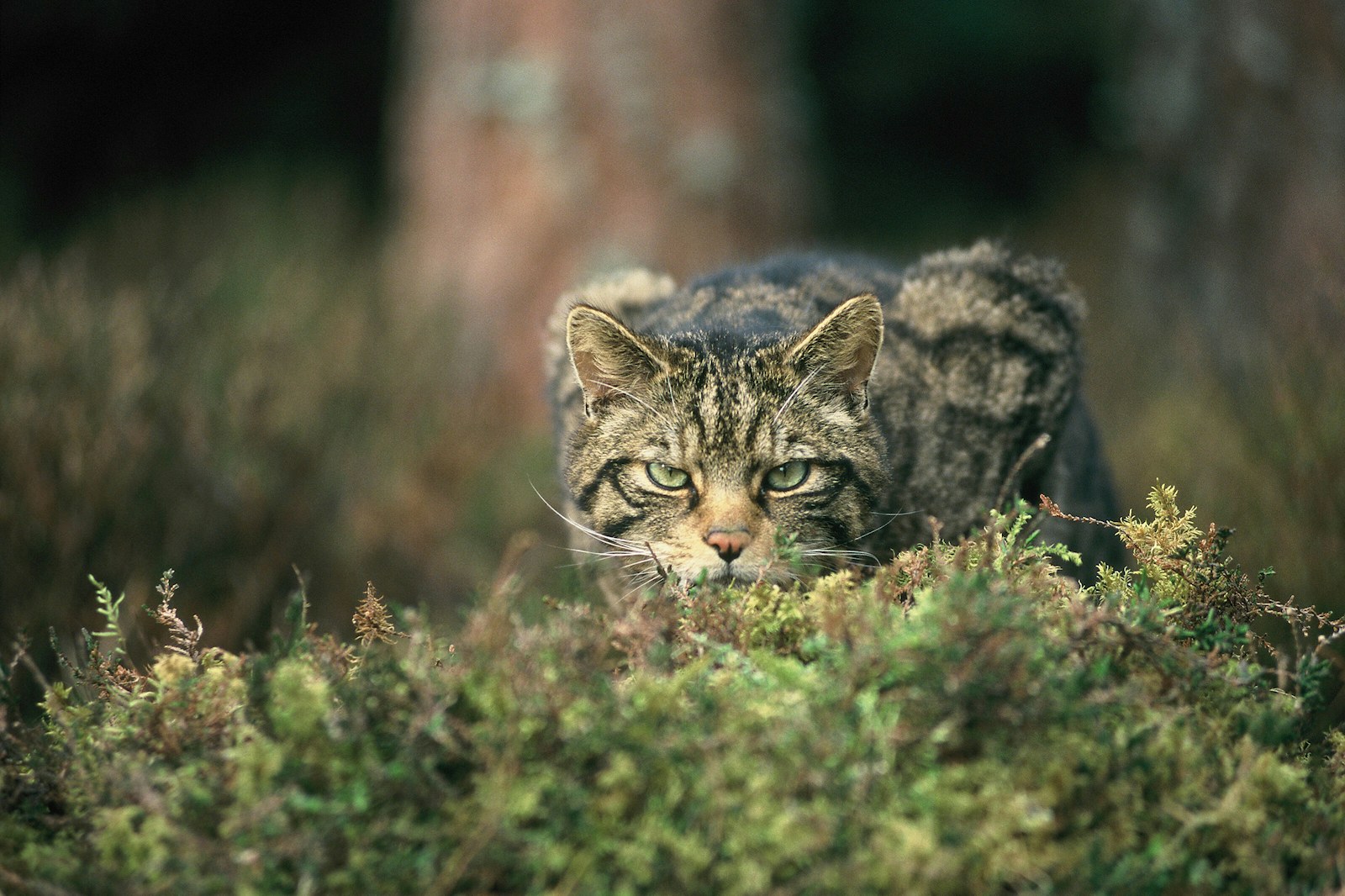
Government gets behind species reintroductions
May
The return to England of lost species such as the wildcat is looking a lot less fantastical with the establishment of Natural England’s species reintroductions task force . Rewilding Britain is one of the expert organisations in the partnership, which will also reintroduce declining species into new areas such as pine marten, dormice and many more. Learn more about species reintroductions.
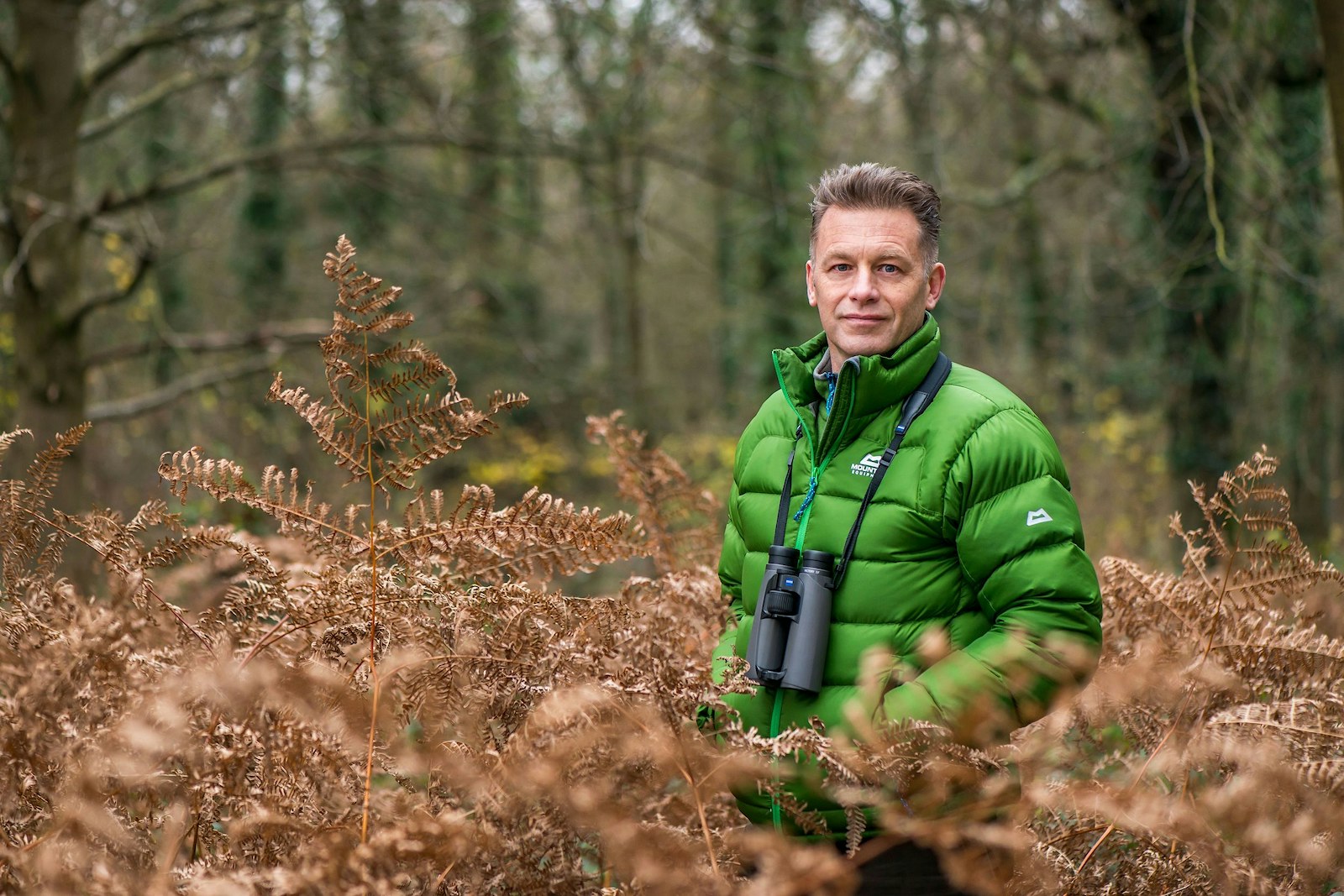
BBC Springwatch comes to Wild Ken Hill
May & October
What better way to bring the story of rewilding to life than to broadcast Springwatch
and Autumnwatch
from the stunning grounds of Wild Ken Hill, one of the Rewilding Network members? Millions of BBC2 viewers enjoyed watching the site’s wildlife – from avocets to marsh harriers, and learned about the estate’s pioneering approach to conservation, rewilding, and regenerative agriculture.

Radical new approach to woodland grants adopted
May
We made a real breakthrough on the potential for financing rewilding this summer when the government agreed to fund natural regeneration
– the creation of trees and woodland through natural processes (e.g. seed dispersal) – alongside tree planting. Letting nature lead like this is one of the key principles of rewilding, and we’re proud that our Natural Regeneration report, backed up by high level meetings with the CEO of the Forestry Commission and Lord Zac Goldsmith, was key in securing this new approach.
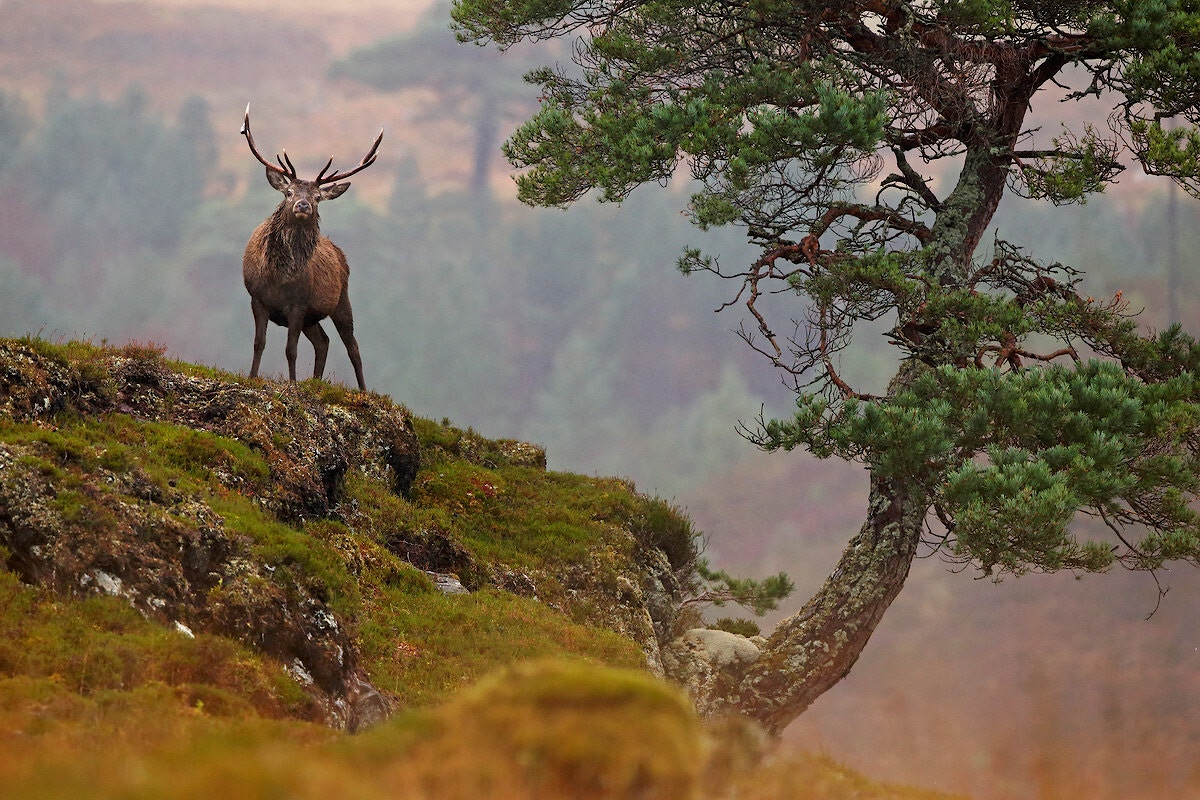
Call for world’s first ‘Rewilding Nation’
June
In a historic move, the Scottish Rewilding Alliance — a coalition of over 20 environmental organisations including Rewilding Britain — called on the Scottish government to declare Scotland the world’s first Rewilding Nation. The campaign wants to see the rewilding of 30% of the country’s land and sea within a decade. Some 80,000 hectares of Scottish land, managed by landowners, farmers, land managers, community groups and local authorities, is already on its way as part of the Rewilding Network.
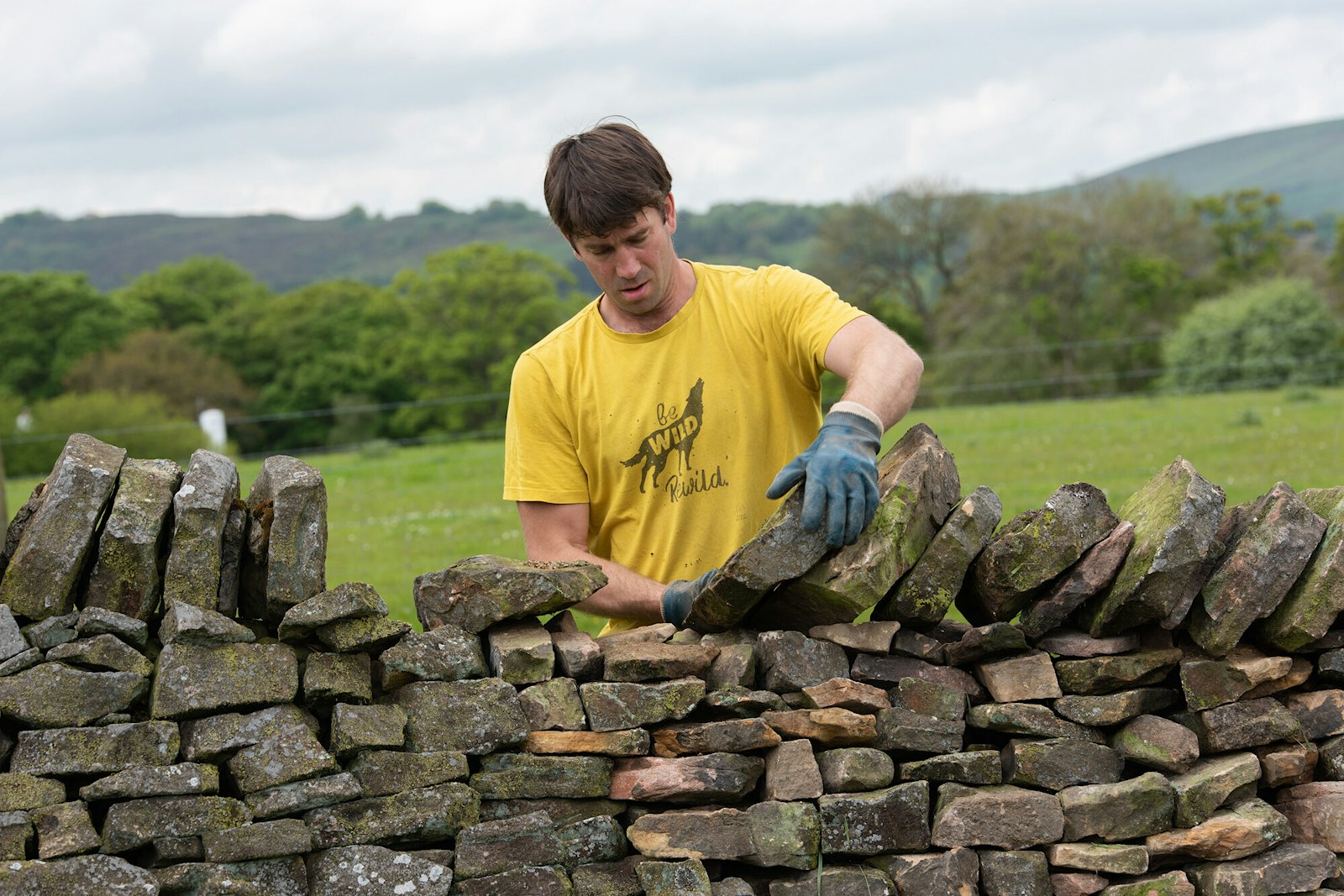
We prove rewilding boosts jobs
October
After some serious number-crunching with the visionary members of the Rewilding Network, we were able to report that rewilding on 33,327 hectares of land across 33 projects in England had increased full-time equivalent roles by a whopping 54% over an average of 10 years! Our Nature-Based Economies report showed that not only had rewilding boosted jobs, but diversified them too.
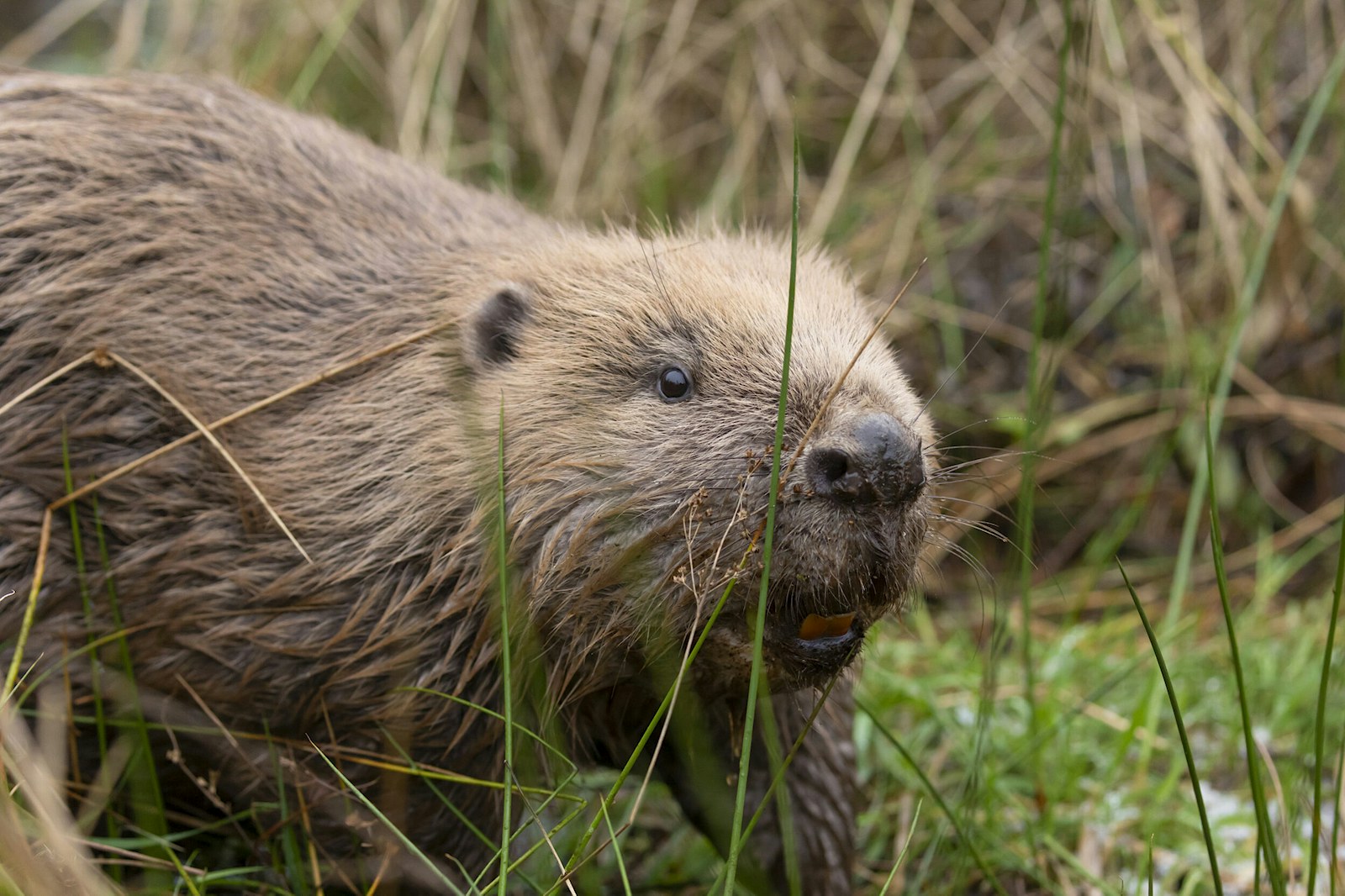
Beavers take a giant leap forward
Autumn
After many years of evidence-gathering by Rewilding Britain and other organisations eager to see the return of Eurasion beavers to the wild, the government finally confirmed that it would consider this under licence and issued a public consultation in October. In Scotland, where they’re a few steps ahead, November saw the first ever translocation of a family of beavers, following a court case win by Trees for Life. While we’re on beavers, we’re sure you won’t have missed the first ever mention of rewilding in a leader’s speech this autumn: ‘Build Back Beaver’. Hear hear.
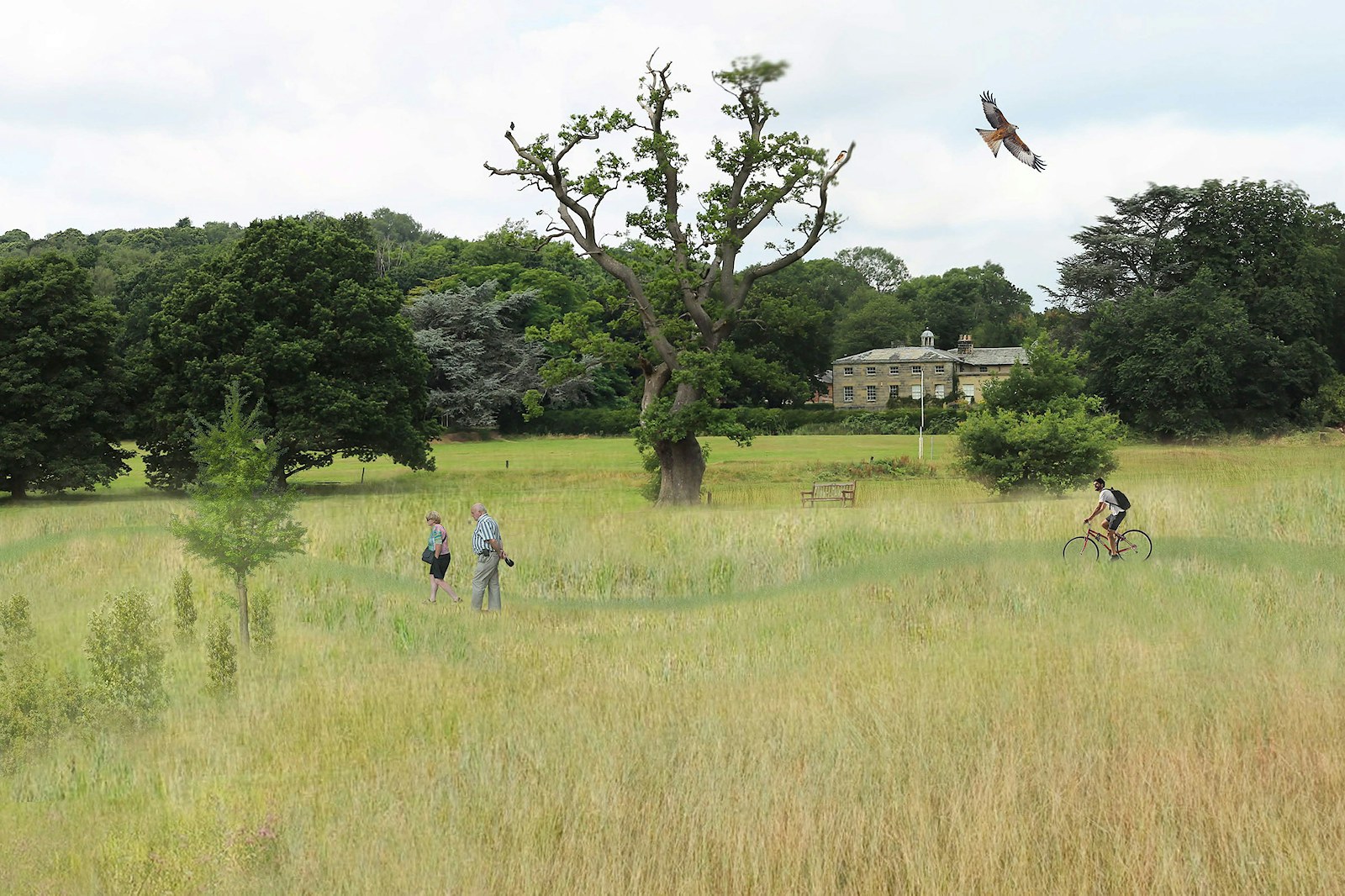
UK’s largest urban rewilding project approved
November
Rewilding Britain is all about enabling large-scale ecosystem restoration with enough space to allow nature to drive the changes and shape the living systems on which we all depend. So when Derby City Council unanimously approved to turn over 130 hectares of land at Allestree Park – a former golf course – to rewilding, after we supported Derbyshire Wildlife Trust with their proposal, we knew this was something big to celebrate.
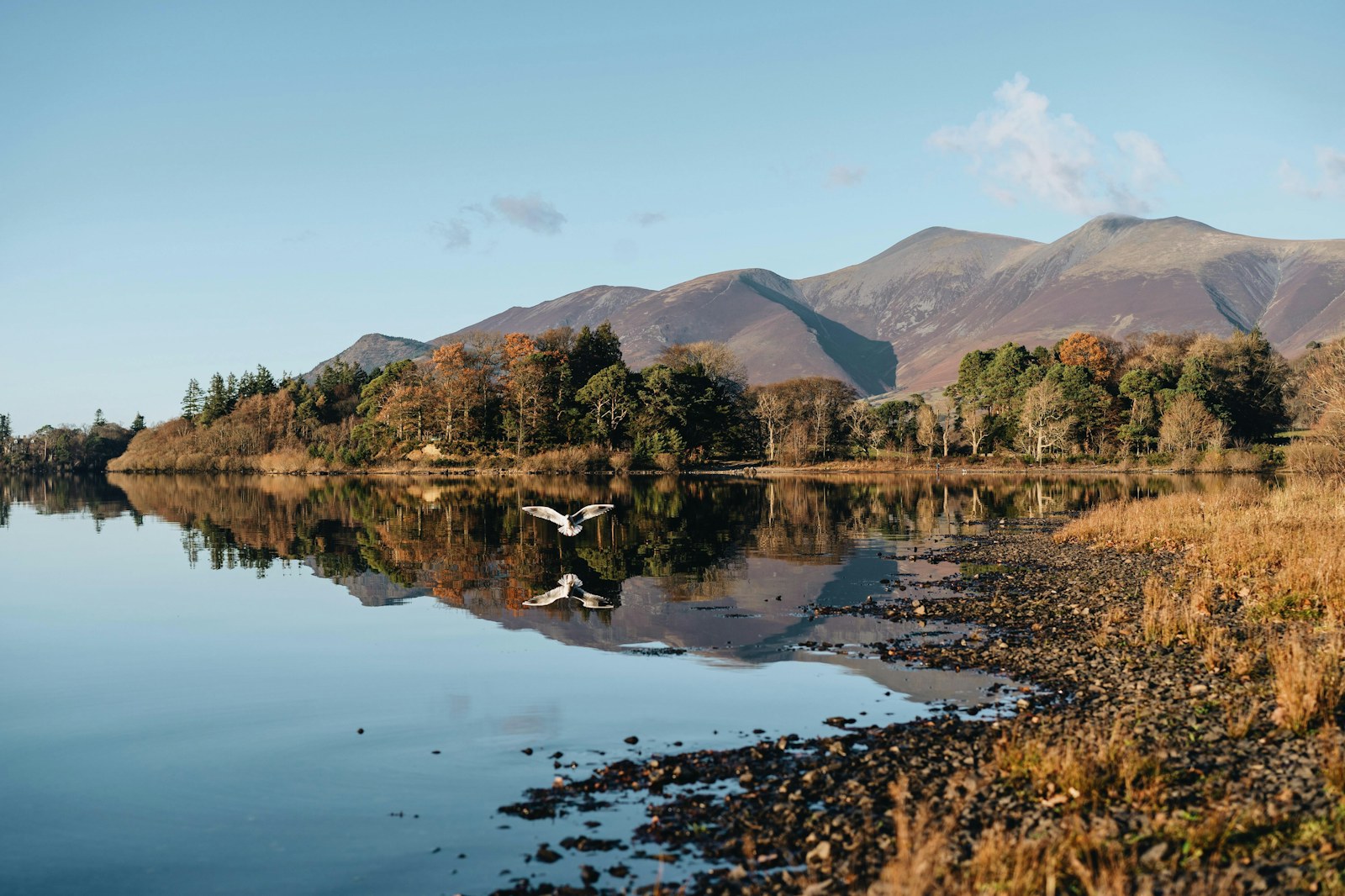
30,000 people call for Wilder National Parks
November
By November some 30,000 people had signed our petition calling on the government to make Britain’s national parks wilder — including 10% core rewilding areas – so that these precious places can play a vital role in tackling the extinction crisis and climate emergency. Each one of us want to see them teeming with wildlife, where healthy ecosystems help absorb carbon and control flooding, and local people thrive.
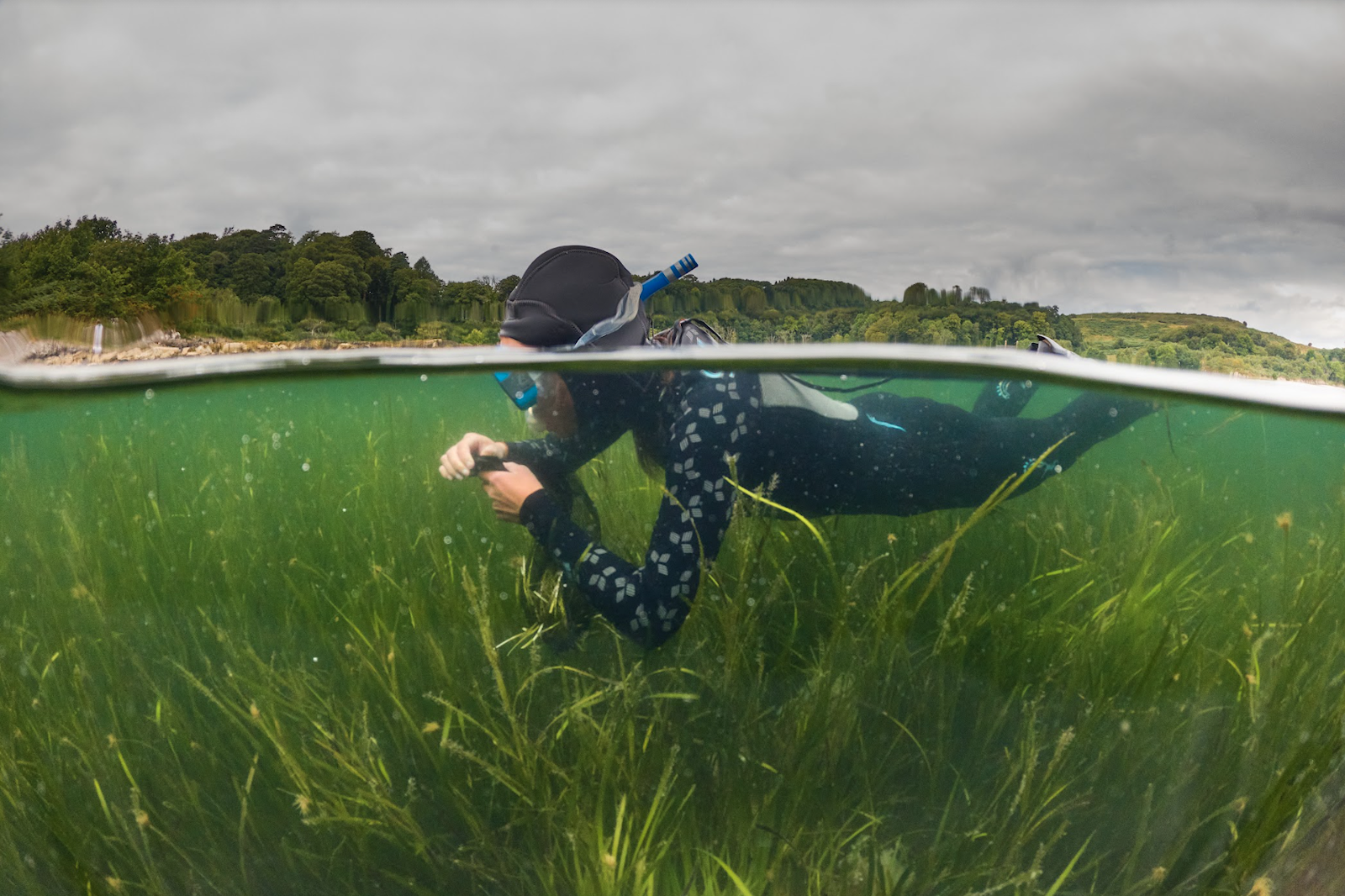
Rewilding reaches almost 450 projects
December
At the end of the year we are truly inspired by the scale and diversity of the rewilding projects who are now part of the Rewilding Network, in all corners of Britain. In total they comprise almost 450 projects, which include large-scale rewilding initiatives (over 40 hectares), plus smallholders, local networks and now even marine projects. Together that’s 118K hectares of land and 304 km² of seabed – the equivalent of 1,046 Hyde Parks – dedicated to nature.
Plus one for luck
This may seem small, but when at last documents and messages stopped autocorrecting ‘rewilding’ to ‘rewinding’ earlier this year there were cheers in the Rewilding Britain team. A positive sign that the term has at last been accepted as a mainstream solution.
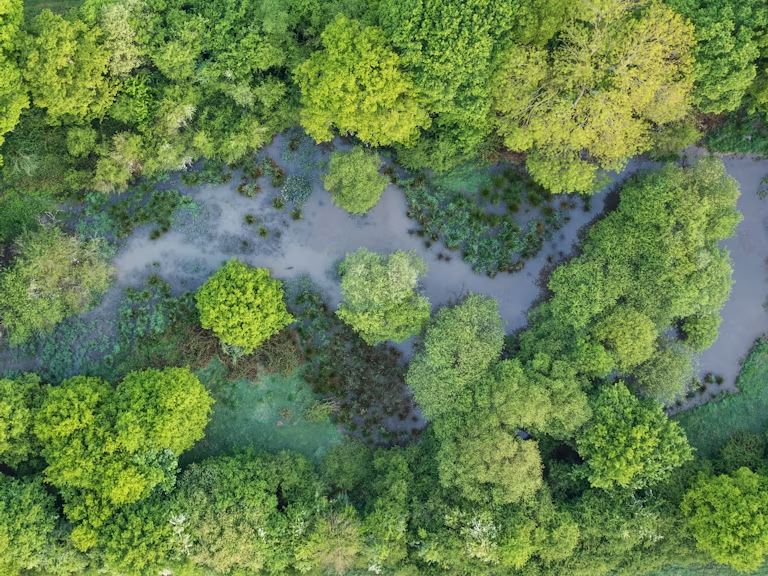
Explore our Rewilding Manifesto
We need UK Government to Think Big and Act Wild for nature, people and planet.
Learn more
Our vision
We have big ambitions. Find out what we’ve set out to achieve through rewilding.
Our 2025-2030 strategy


